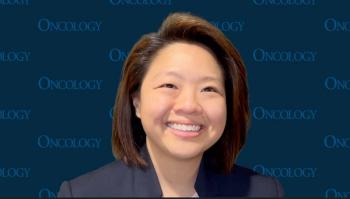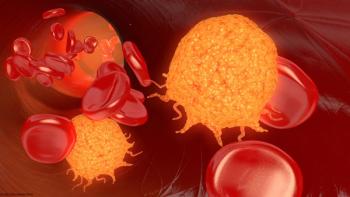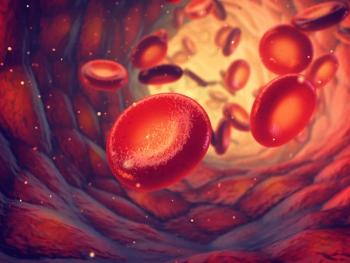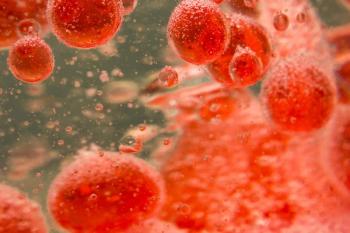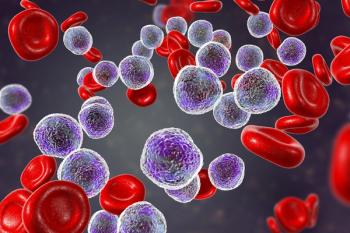
Older HPV-Positive Oropharyngeal Cancer Patients Have High Treatment Tolerability
This video examines results of a study that looked at treatment tolerability in elderly patients with HPV-positive oropharyngeal squamous cell carcinoma.
In this video, Richard Bakst, MD, of the Icahn School of Medicine at Mount Sinai in New York, discusses a study that examined treatment tolerability and outcomes in elderly patients (65 years and older) with human papillomavirus (HPV)-positive oropharyngeal squamous cell carcinoma.
Bakst presented the results of the study (
Newsletter
Stay up to date on recent advances in the multidisciplinary approach to cancer.


